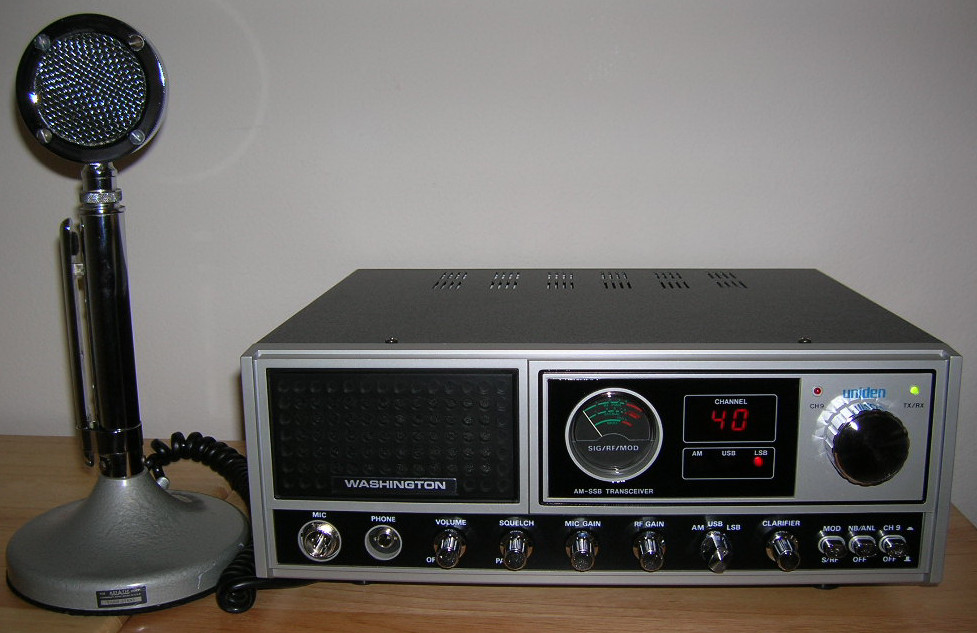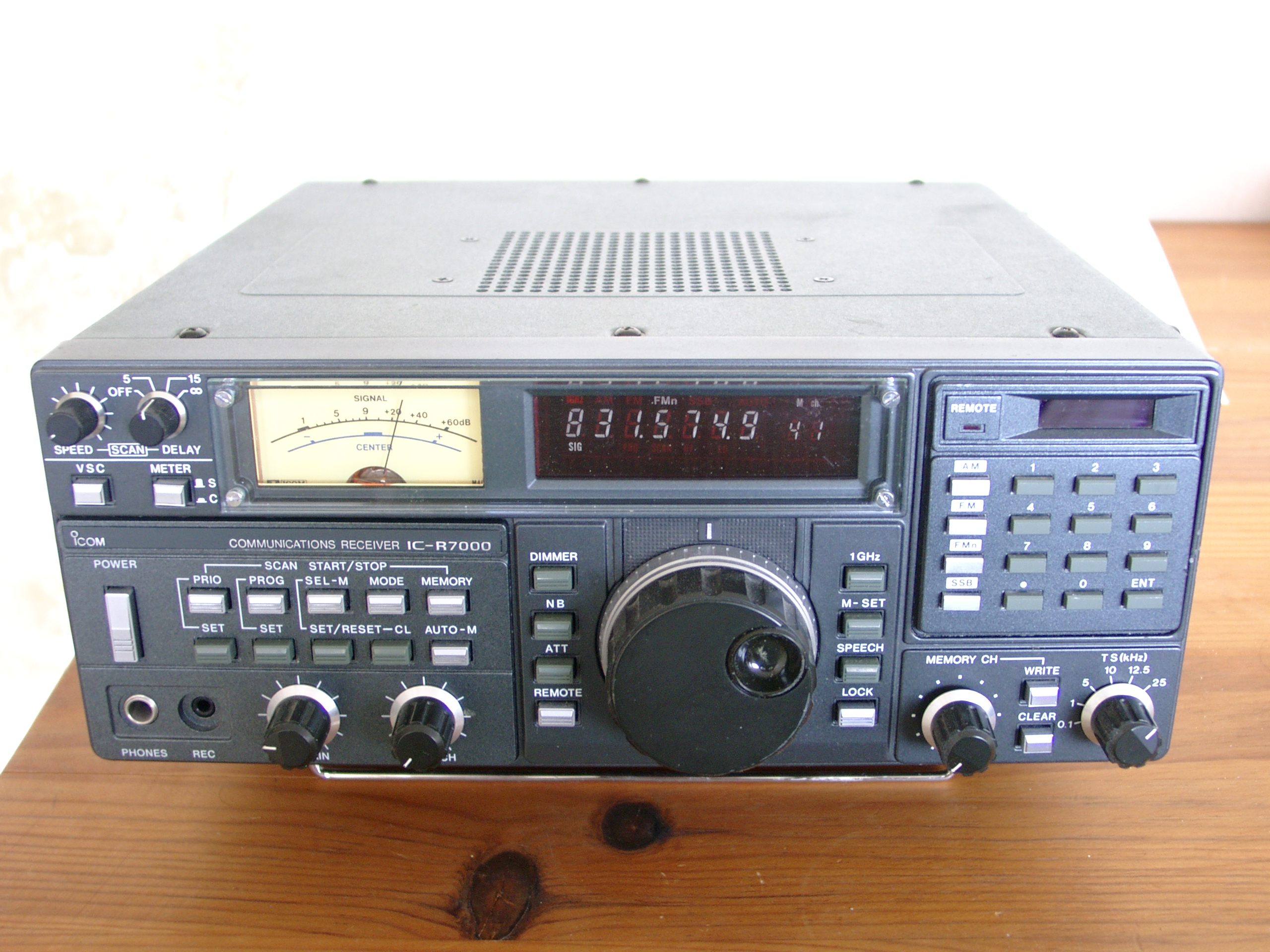|
Time Division Multiple Access
Time-division multiple access (TDMA) is a channel access method for shared-medium networks. It allows several users to share the same frequency channel by dividing the signal into different time slots. The users transmit in rapid succession, one after the other, each using its own time slot. This allows multiple stations to share the same transmission medium (e.g. radio frequency channel) while using only a part of its channel capacity. Dynamic TDMA is a TDMA variant that dynamically reserves a variable number of time slots in each frame to variable bit-rate data streams, based on the traffic demand of each data stream. TDMA is used in digital 2G cellular systems such as Global System for Mobile Communications (GSM), IS-136, Personal Digital Cellular (PDC) and iDEN, in the Maritime Automatic Identification System, and in the Digital Enhanced Cordless Telecommunications (DECT) standard for portable phones. TDMA was first used in satellite communication systems by ... [...More Info...] [...Related Items...] OR: [Wikipedia] [Google] [Baidu] |
Combat-net Radio
In telecommunications, a combat-net radio (CNR) is a radio operating in a network that (a) provides a half-duplex circuit and (b) uses either a single radio frequency or a discrete set of radio frequencies when in a frequency hopping mode. CNRs are primarily used for push-to-talk-operated radio nets for command and control of combat, combat support, and combat service support operations among military ground, sea, and air forces. In the United States, two military standards govern the use of combat net radios and the host applications that communicate over the network: MIL-STD-188-220 and MIL-STD-2045-47001. In addition to IETF RFCs governing UDP, TCP, and IPv4/IPv6, all seven layers of the OSI communications architecture are addressed. MIL-STD-2045-47001 covers layer 7 ( application), while MIL-STD-188-220 covers layers 1 through 3 ( physical, data link, and network). Examples * AN/PRC-152 by Harris Corporation * AN/PRC-117 * AN/PRC-77 *SINCGARS * AN/PRC-148 MBITR *PR4G by ... [...More Info...] [...Related Items...] OR: [Wikipedia] [Google] [Baidu] |
IS-95
cdmaOne, most often simply referred to as CDMA, is a 2G digital cellular technology. It was the commercial name for Interim Standard 95 (IS-95), a technology that was developed by Qualcomm and later adopted as a standard by the Telecommunications Industry Association in TIA/EIA/IS-95 release published in 1995. cdmaOne used code-division multiple access (CDMA), a multiple access scheme for digital radio, to send voice, data and signaling data (such as a dialed telephone number) between mobile telephones and cell sites. CDMA transmits streams of bits ( PN codes). CDMA permits several radios to share the same frequencies. Unlike time-division multiple access (TDMA), a competing system used in 2G GSM, all radios can be active all the time, because network capacity does not directly limit the number of active radios. Since larger numbers of phones can be served by smaller numbers of cell-sites, CDMA-based standards have a significant economic advantage over TDMA-based sta ... [...More Info...] [...Related Items...] OR: [Wikipedia] [Google] [Baidu] |
Cell Breathing (telephony)
In CDMA-based cellular network A cellular network or mobile network is a telecommunications network where the link to and from end nodes is wireless network, wireless and the network is distributed over land areas called ''cells'', each served by at least one fixed-locatio ...s, cell breathing is a mechanism which allows overloaded cells to offload subscriber traffic to neighbouring cells by changing the geographic size of their service area. Heavily loaded cells decrease in size while neighbouring cells increase their service area to compensate. Thus, some traffic is handed off from the overloaded cell to neighbouring cells, resulting in load balancing. References Mobile telecommunications Radio resource management Telecommunications infrastructure {{telecom-stub ... [...More Info...] [...Related Items...] OR: [Wikipedia] [Google] [Baidu] |
Intersymbol Interference
In telecommunications, intersymbol interference (ISI) is a form of distortion of a signal in which one symbol interferes with subsequent symbols. This is an unwanted phenomenon as the previous symbols have a similar effect as noise, thus making the communication less reliable. The spreading of the pulse beyond its allotted time interval causes it to interfere with neighboring pulses. ISI is usually caused by multipath propagation or the inherent linear or non-linear frequency response of a communication channel causing successive symbols to blur together. The presence of ISI in the system introduces errors in the decision device at the receiver output. Therefore, in the design of the transmitting and receiving filters, the objective is to minimize the effects of ISI, and thereby deliver the digital data to its destination with the smallest error rate possible. Ways to alleviate intersymbol interference include adaptive equalization and error correcting codes. Causes Multip ... [...More Info...] [...Related Items...] OR: [Wikipedia] [Google] [Baidu] |
Equalization (communications)
In telecommunication, equalization is the reversal of distortion incurred by a signal transmitted through a channel. Equalizers are used to render the frequency response—for instance of a telephone line—''flat'' from end-to-end. When a channel has been equalized the frequency domain attributes of the signal at the input are faithfully reproduced at the output. Telephones, DSL lines and television cables use equalizers to prepare data signals for transmission. Equalizers are critical to the successful operation of electronic systems such as analog broadcast television. In this application the actual waveform of the transmitted signal must be preserved, not just its frequency content. Equalizing filters must cancel out any group delay and phase delay between different frequency components. Analog telecommunications Audio lines Early telephone systems used equalization to correct for the reduced level of high frequencies in long cables, typically using Zobel networks. ... [...More Info...] [...Related Items...] OR: [Wikipedia] [Google] [Baidu] |
CDMA
Code-division multiple access (CDMA) is a channel access method used by various radio communication technologies. CDMA is an example of multiple access, where several transmitters can send information simultaneously over a single communication channel. This allows several users to share a band of frequencies (see bandwidth). To permit this without undue interference between the users, CDMA employs spread spectrum technology and a special coding scheme (where each transmitter is assigned a code). CDMA optimizes the use of available bandwidth as it transmits over the entire frequency range and does not limit the user's frequency range. It is used as the access method in many mobile phone standards. IS-95, also called "cdmaOne", and its 3G evolution CDMA2000, are often simply referred to as "CDMA", but UMTS, the 3G standard used by GSM carriers, also uses "wideband CDMA", or W-CDMA, as well as TD-CDMA and TD-SCDMA, as its radio technologies. Many carriers (such as AT&T, U ... [...More Info...] [...Related Items...] OR: [Wikipedia] [Google] [Baidu] |
Base Station
Base station (or base radio station, BS) is – according to the International Telecommunication Union's (ITU) Radio Regulations (RR) – a " land station in the land mobile service." A base station is called '' node B'' in 3G, '' eNB'' in LTE ( 4G), and '' gNB'' in 5G. The term is used in the context of mobile telephony, wireless computer networking and other wireless communications and in land surveying. In surveying, it is a GPS receiver at a known position, while in wireless communications it is a transceiver connecting a number of other devices to one another and/or to a wider area. In mobile telephony, it provides the connection between mobile phones and the wider telephone network. In a computer network, it is a transceiver acting as a switch for computers in the network, possibly connecting them to a/another local area network and/or the Internet. In traditional wireless communications, it can refer to the hub of a dispatch fleet such as a taxi or delivery fl ... [...More Info...] [...Related Items...] OR: [Wikipedia] [Google] [Baidu] |
Mobile Phone
A mobile phone or cell phone is a portable telephone that allows users to make and receive calls over a radio frequency link while moving within a designated telephone service area, unlike fixed-location phones ( landline phones). This radio frequency link connects to the switching systems of a mobile phone operator, providing access to the public switched telephone network (PSTN). Modern mobile telephony relies on a cellular network architecture, which is why mobile phones are often referred to as 'cell phones' in North America. Beyond traditional voice communication, digital mobile phones have evolved to support a wide range of additional services. These include text messaging, multimedia messaging, email, and internet access (via LTE, 5G NR or Wi-Fi), as well as short-range wireless technologies like Bluetooth, infrared, and ultra-wideband (UWB). Mobile phones also support a variety of multimedia capabilities, such as digital photography, video recordin ... [...More Info...] [...Related Items...] OR: [Wikipedia] [Google] [Baidu] |
Uplink
In a telecommunications network, a link is a communication channel that connects two or more devices for the purpose of data transmission. The link may be a dedicated physical link or a virtual circuit that uses one or more physical links or shares a physical link with other telecommunications links. A telecommunications link is generally based on one of several types of information transmission paths such as those provided by communication satellites, terrestrial radio communications infrastructure and computer networks to connect two or more points. The term ''link'' is widely used in computer networking to refer to the communications facilities that connect nodes of a network. Sometimes the communications facilities that provide the communication channel that constitutes a link are also included in the definition of ''link''. Types Point-to-point A point-to-point link is a dedicated link that connects exactly two communication facilities (e.g., two nodes of a network, ... [...More Info...] [...Related Items...] OR: [Wikipedia] [Google] [Baidu] |
Receiver (radio)
In radio, radio communications, a radio receiver, also known as a receiver, a wireless, or simply a radio, is an electronic device that receives radio waves and converts the information carried by them to a usable form. It is used with an antenna (radio), antenna. The antenna intercepts radio waves (electromagnetic waves of radio frequency) and converts them to tiny alternating currents which are applied to the receiver, and the receiver extracts the desired information. The receiver uses electronic filters to separate the desired radio frequency signal from all the other signals picked up by the antenna, an electronic amplifier to increase the power of the signal for further processing, and finally recovers the desired information through demodulation. Radio receivers are essential components of all systems based on radio technology. The information produced by the receiver may be in the form of sound, video (television), or digital signal, digital data. A radio receiver may b ... [...More Info...] [...Related Items...] OR: [Wikipedia] [Google] [Baidu] |





